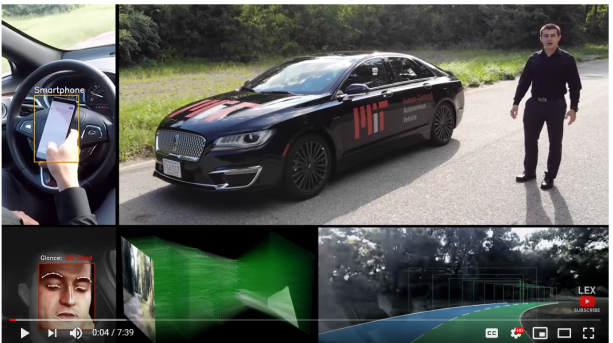It actually even more useful than Driver Assistant
In the previous post I mentioned that it is nice to have a mobile phone application which is capable of detecting various erroneously driven cars in front of the moving vehicle. Another more interesting application in my opinion, which is even more impact-full will be a mobile application that uses ‘selfy’ camera to track driver’s alertness state during driving and indicating by voice or sound effects that driver needs to take action.
Why this application is useful?
The drivers among us and not only surely know that there are times when driving is not coming easy, especially when a driver is tired, exhausted by a little amount of sleep or certain amount of stress. And driving in alerted state of conciseness (against the law, by the way). This in turn is a cause of many road accidents that may be prevented should the driver be informed in timely manner that he or she requires to stop and rest. The above mentioned mobile application may assist in exactly this situation. It even may send a notification remotely to all who may concern that there is a need to call a driver, text him or do something else to grab the attention.
Is there anything like this in the wild?
As part of MIT group that is researching autonomous driving and headed by Lex Fridman the group used this approach to track drivers that drive Tesla cars and their interaction with the car. For more details, you may check out the links below with nice video and explanations.
This implementation combines best of state of the art in machine and deep learning.

This implementation is from 2010 and apparently it is a plain old OpenCV with no Deep Learning.

Requirements
- Hardware
- Decent average mobile phone
- Software
- Operating system
- Andorid or IPhone
- Object detection and classification
- OpenCV based approach using built-in DL models
- Operating system
- Type of behavior classified
- Driver not paying attention to the road
- By holding a phone
- Being distracted by another passenger
- By looking at road accidents, whatever
- Driver drowsiness detection
- Driver not paying attention to the road
- Number of frames per second
- Depends on the hardware. Let’s say 24.
- Take action notifications
- Voice announcement to the driver
- Sound effects
- Sending text, images notification to friends and family who may call and intervene
- Automatically use Google Maps to navigate to the nearest Coffee station, such as Starbucks, Dunkin’ (no more donuts) and Tim Horton’s (select which applicable to you)
Then what are we waiting for?
This application can be built quite ‘easily and fast’ if you have an Android developer account, had an experience developing an Android apps. You worked a little bit with GitHub and had a certain amount of experience and fascination with machine learning, or OpenCV with DL based models. Grab you computer of choice and hurry to develop this marvelous piece of technology that will make you a new kind of person.
A possible plan of action
- Get an Android phone, preferably from latest models for performance reasons.
- Get a computer that can run OpenCV 4 and Android Studio.
- Install OpenCV and all needed dependencies.
- Run the example from Adrian Rosebrock’s blog post.
- Install Android Studio.
- Create a Android developer account (if you don’t have one, about $25 USD)
- Use the Android app from this blog post as a blueprint and adapt the Pyhton code from Adrian’s implementation into Java.
- Publish the app at Google Play Store.
- Share the app.
References
- Search
- driver drowsiness detection Google Search query
- Hands-on with tutorial from PyImageSearch
- General review
- Other approaches to drowsiness detection
- From Bosch by monitoring steering movements






